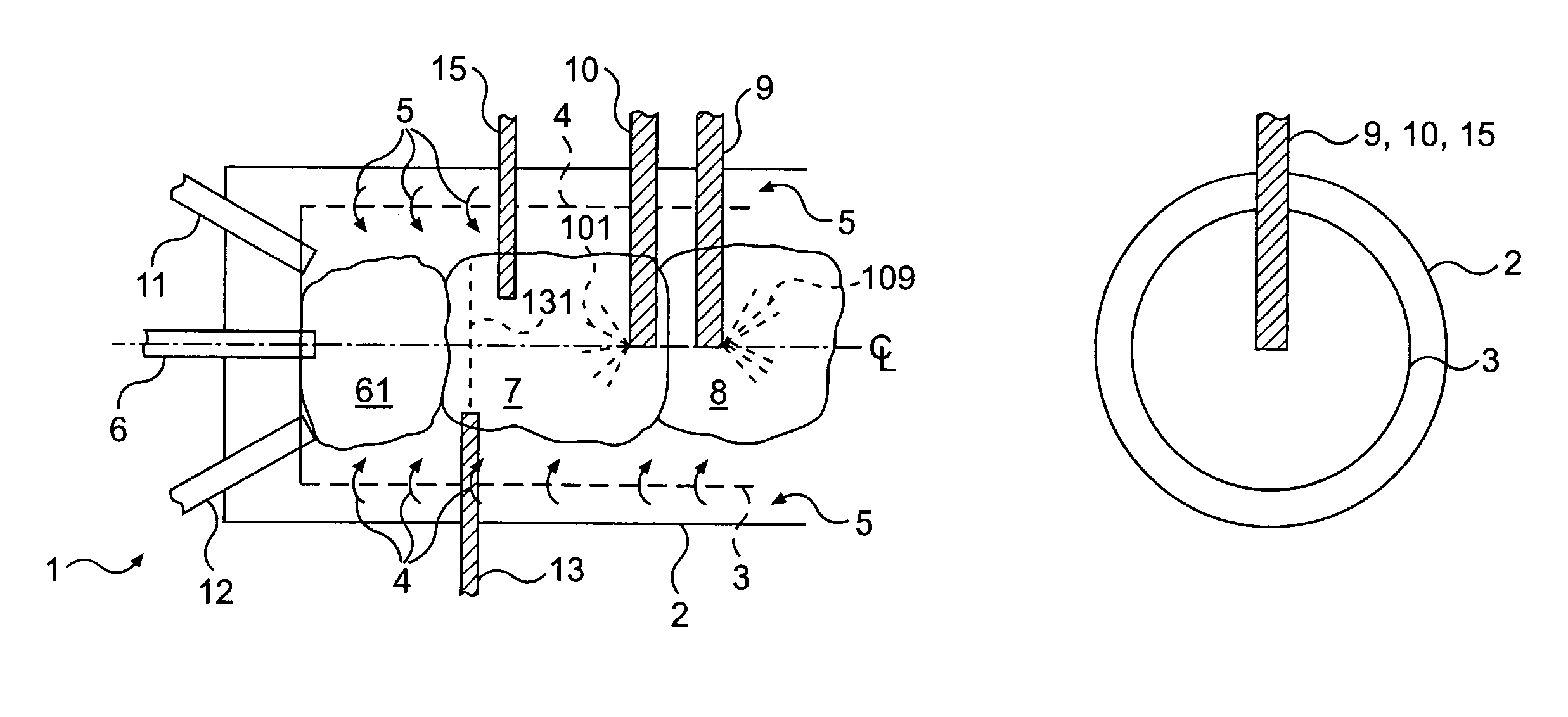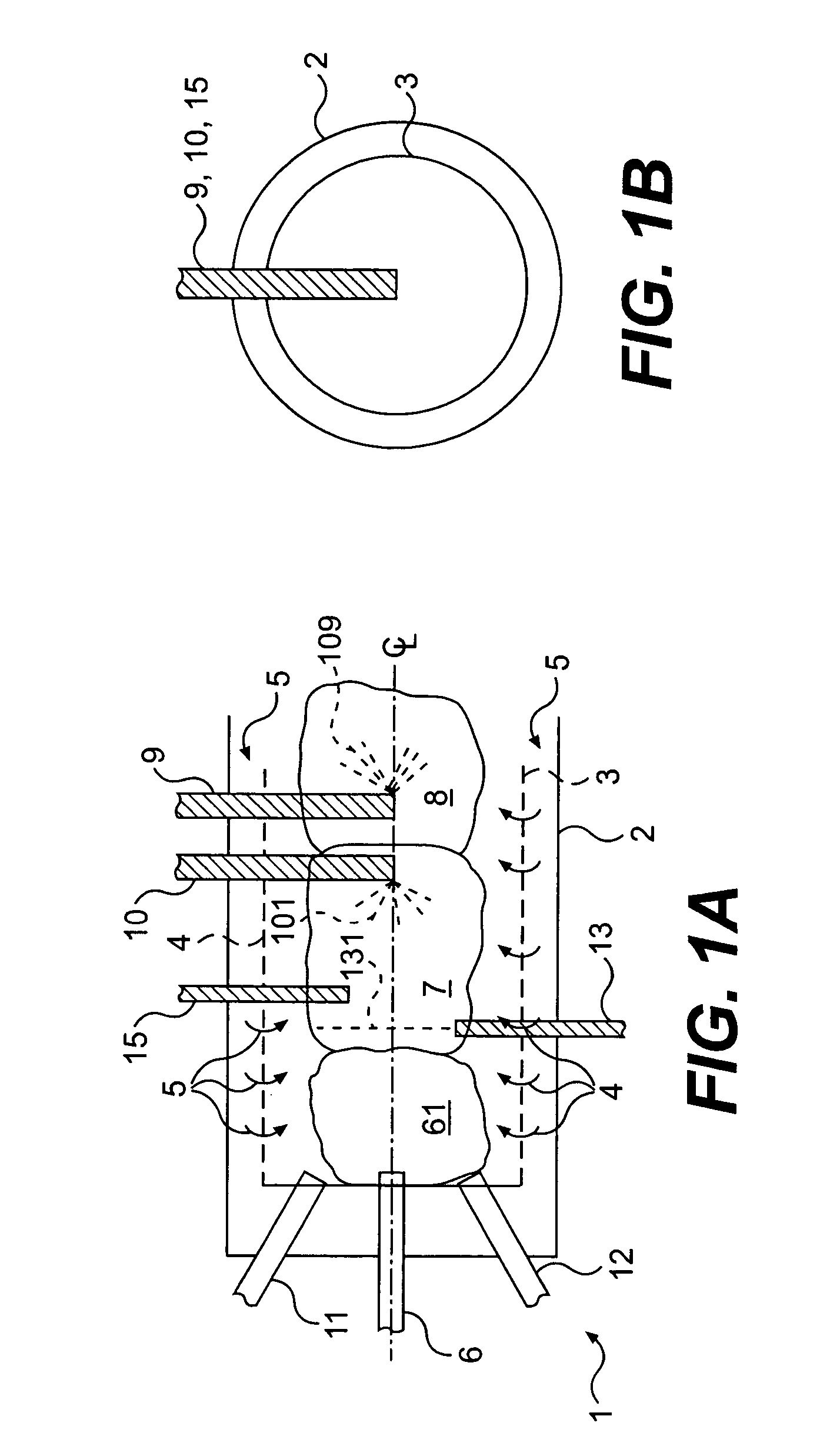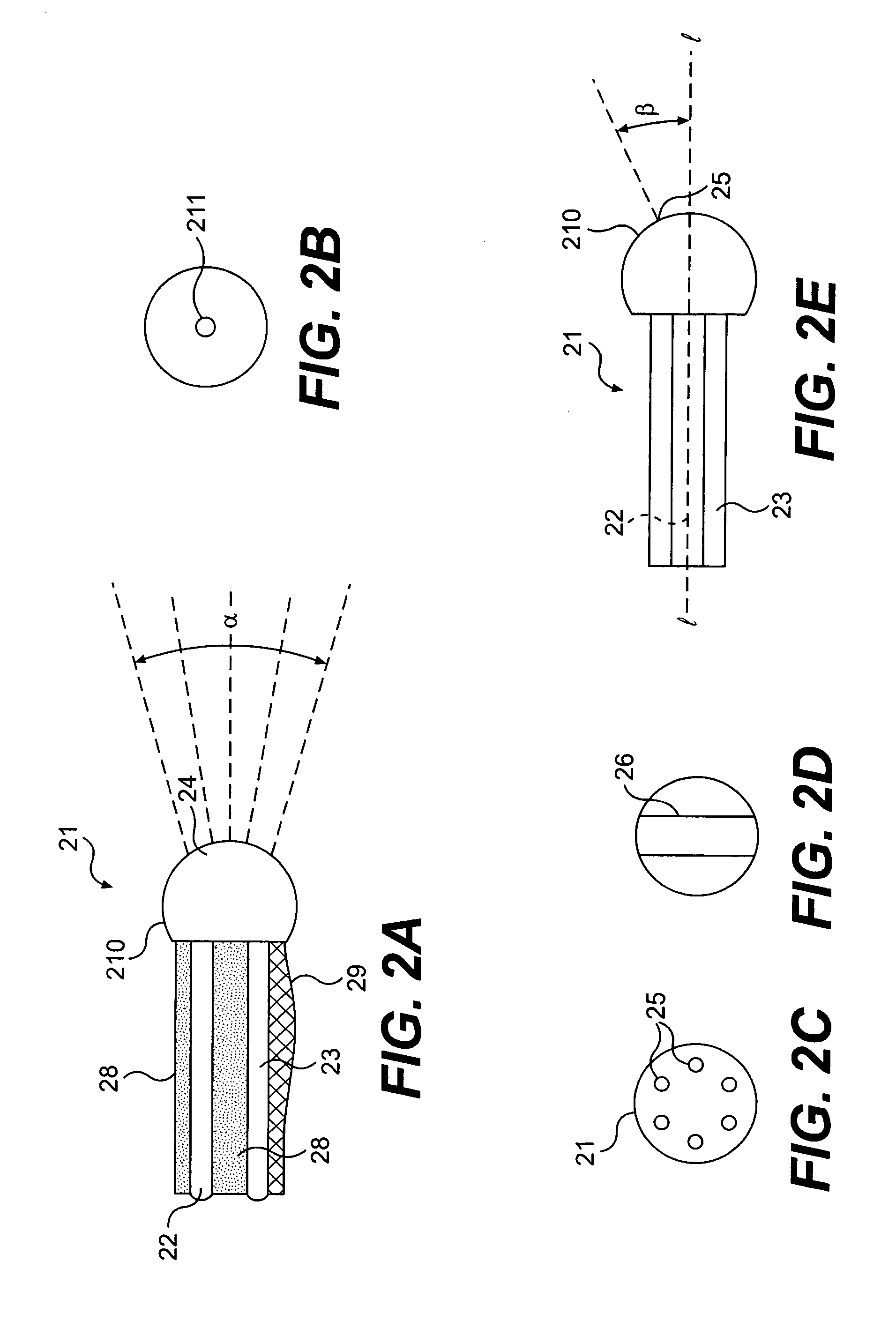Injection methods to reduce nitrogen oxides emission from gas turbines combustors
a gas turbine and nitrogen oxide technology, applied in the direction of machines/engines, mechanical equipment, separation processes, etc., can solve the problems of increasing the formation of carbon monoxide, reducing the combustion temperature, so as to reduce the residual nox, reduce the formation of thermal nitrogen oxides, and reduce the effect of high nitrogen oxide reduction
- Summary
- Abstract
- Description
- Claims
- Application Information
AI Technical Summary
Benefits of technology
Problems solved by technology
Method used
Image
Examples
Embodiment Construction
Tests in a Small Gas Turbine
[0070]The NOx reducing potential of the present invention was evaluated in a series of about four-dozen short duration tests in June through August 2001 using a 120 hp gas turbine of the late 1950's. It had originally been used to start Naval jet aircraft. Solar Aircraft manufactured this Model No: GTC85-6 turbine. It was designed to drive a 70 kW 400 hz generator, a 12 kW 6-hz generator, and to provide compressed air drawn from a bleed valve at the compressor outlet. An earlier design of this engine is described by Jennings (loc. cit. Sec. 8–15). For the present tests, the unit was operated without the generators, and with the compressor bleed air providing a partial load on the turbine. The key component for the present NOx tests is the combustion chamber. It consisted of a perforated high alloy cylinder, 4 inches in diameter and 12 inches long. One end of the chamber terminates in a dome, at whose top has a hydraulic fuel nozzle. The other end of the c...
PUM
 Login to View More
Login to View More Abstract
Description
Claims
Application Information
 Login to View More
Login to View More - R&D
- Intellectual Property
- Life Sciences
- Materials
- Tech Scout
- Unparalleled Data Quality
- Higher Quality Content
- 60% Fewer Hallucinations
Browse by: Latest US Patents, China's latest patents, Technical Efficacy Thesaurus, Application Domain, Technology Topic, Popular Technical Reports.
© 2025 PatSnap. All rights reserved.Legal|Privacy policy|Modern Slavery Act Transparency Statement|Sitemap|About US| Contact US: help@patsnap.com



